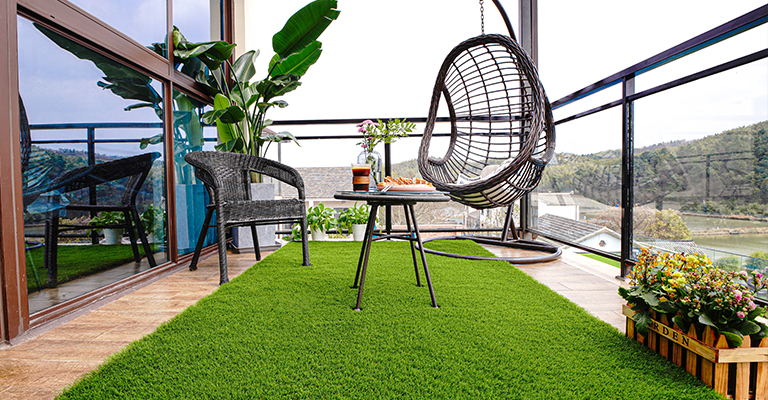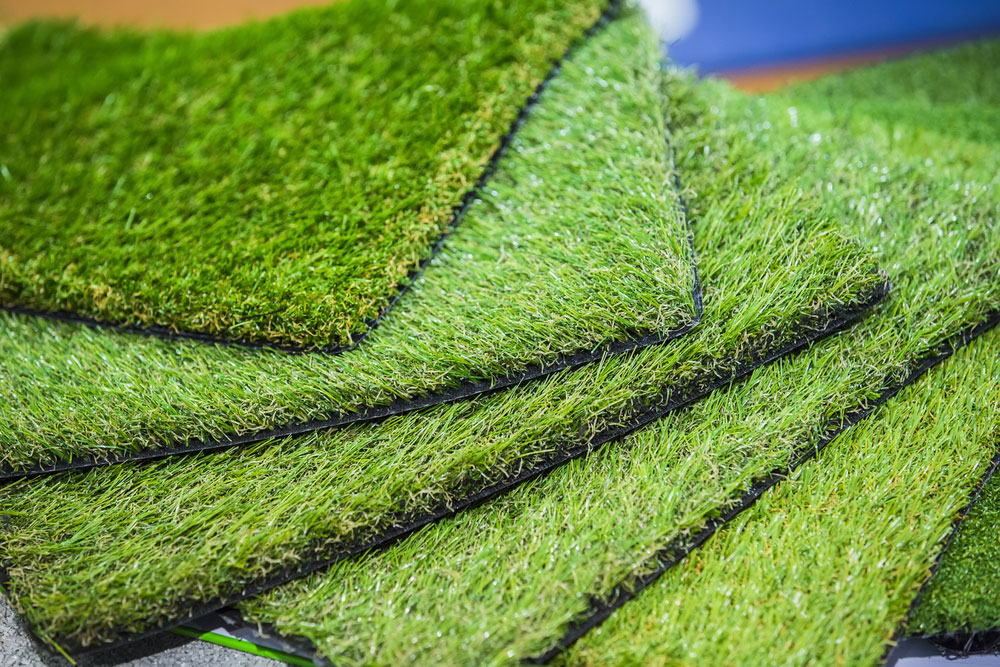Discover the Most Trusted Artificial Turf Companies Phoenix for Your Home or Commercial Space
Discover the Most Trusted Artificial Turf Companies Phoenix for Your Home or Commercial Space
Blog Article
Explore the Environmental Benefits of Opting for Artificial Grass Solutions
The adoption of artificial grass options provides an engaging possibility to address pressing ecological obstacles. By considerably lowering water use and lessening the application of hazardous chemicals, these options not only advertise lasting landscaping however also secure neighborhood communities.
Water Preservation Advantages
One of the most significant advantages of man-made lawn is its capacity to save water. Conventional lawn yards need substantial watering, particularly in locations vulnerable to drought or water restrictions. In contrast, synthetic turf does not need watering, substantially minimizing the overall need for water resources. This function is particularly helpful in deserts where water deficiency is a pushing issue.
By getting rid of the need for routine watering, synthetic grass adds to sustainable landscape methods and aids minimize the environmental influence of excessive water consumption. Furthermore, the conservation of water includes the decrease of drainage, which can bring about soil erosion and river air pollution.
Additionally, the installment of synthetic grass permits home owners and municipalities to assign water resources a lot more successfully, concentrating on essential usages such as drinking water and agriculture. The shift towards artificial turf not only promotes responsible water use yet additionally straightens with wider ecological objectives focused on protecting natural deposits.
As areas significantly focus on sustainability, the water conservation benefits of synthetic turf present an engaging instance for its fostering in property and industrial landscape design jobs.
Decreased Chemical Use
The shift to synthetic grass considerably lowers the dependence on chemical treatments commonly utilized in all-natural grass upkeep. Traditional grass monitoring typically entails the application of chemicals, herbicides, and fertilizers to advertise growth and control insects. These chemicals can pose dangers to human health, regional wildlife, and the setting, contributing to dirt and water contamination.
On the other hand, artificial grass eliminates the requirement for these harmful materials. Once mounted, it requires very little maintenance, mainly consisting of routine cleansing and irregular infill replenishment. This decrease in chemical use not just benefits the instant environment but additionally adds to broader ecological stability. By decreasing the release of artificial compounds right into the community, fabricated lawn promotes much healthier dirt and water supply.
Additionally, the absence of chemical drainage related to synthetic grass installations assists secure neighborhood rivers from contamination, sustaining marine life and keeping biodiversity. Artificial turf companies phoenix. As neighborhoods significantly focus on lasting methods, going with man-made grass presents a practical service that aligns with environmental preservation objectives. Via this change, homeowner can appreciate lavish environment-friendly rooms without endangering ecological health, leading the method for a more sustainable future
Reduced Carbon Footprint

In addition, the setup of synthetic grass can lead to considerable water conservation. Natural grass require substantial quantities of water for watering, which not only contributes to the carbon footprint connected with water extraction and treatment yet additionally strains neighborhood water sources. On the other hand, fabricated turf requires marginal upkeep, requiring no watering, thus dramatically lowering water use and its associated energy expenses.
In addition, the longevity of synthetic grass adds to its lower carbon influence. With a lifespan of up to 15 years or more, the need for regular replacements is reduced, leading to much less waste and lower energy consumption in manufacturing and getting rid of traditional turf alternatives. In general, synthetic grass presents a sustainable option for environmentally mindful landscape design.
Environment Preservation
Habitat conservation is a critical factor to consider in the discussion over landscape design choices, especially when contrasting synthetic turf to all-natural yard. Natural turf lawns usually need comprehensive upkeep, including using chemicals, herbicides, and plant foods, which can adversely influence regional ecological communities. These chemicals can seep into the dirt and waterways, damaging indigenous flora and animals and disrupting local environments.
Artificial grass removes the need for dangerous chemicals, therefore protecting close-by wildlife and preserving the stability of surrounding ecological communities. The installation of artificial try these out turf can lead to the conversion of former turf areas into more biodiverse landscapes, such as pollinator gardens or native plant areas, which can sustain neighborhood wild animals.
Eventually, the change to synthetic grass not just preserves water and reduces maintenance efforts yet additionally cultivates an extra unified connection between human tasks and the natural environment, promoting environment conservation in the procedure.
Long-Term Sustainability
Long-lasting sustainability is a crucial factor in evaluating the benefits of synthetic grass over conventional grass lawns. Among the most significant advantages of man-made turf is its sturdiness; it can last as much as 15-20 years with minimal upkeep, whereas natural turf calls for regular reseeding and replacement. This long life decreases the need for consistent resources, such as water, fertilizers, and chemicals, which are important for keeping a healthy grass yard.
Furthermore, artificial grass contributes to a decrease in carbon discharges linked with yard treatment equipment. Typical lawns usually need gas-powered mowers, trimmers, and blowers, all of which add to air pollution. Artificial turf companies phoenix. On the other hand, synthetic grass eliminates the demand for such equipment, promoting a cleaner setting
Moreover, the production of man-made lawn progressively uses recycled materials, improving its sustainability account. As manufacturers embrace eco-friendly techniques, the environmental footprint of man-made grass remains to reduce.

Final Thought
The adoption of artificial lawn solutions provides considerable environmental benefits, consisting of significant water preservation, reduced dependence on damaging chemicals, and a lower carbon footprint. Moreover, man-made grass help in protecting natural habitats by reducing land disruption and promoting long-lasting sustainability through the use of resilient materials. Collectively, these factors underscore the potential of synthetic grass to contribute positively to environmental wellness and use a practical alternative to traditional landscape design techniques in a significantly resource-conscious world.
In comparison, fabricated lawn does not need watering, significantly lowering the overall demand for water sources. By minimizing the launch of synthetic substances right into the community, artificial lawn promotes much healthier soil and water systems.
Furthermore, the setup of synthetic see page lawn can result in considerable water preservation. In contrast, man-made turf requires marginal maintenance, calling for no watering, thus significantly minimizing water usage and its connected power costs.

Report this page